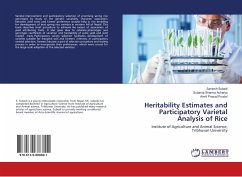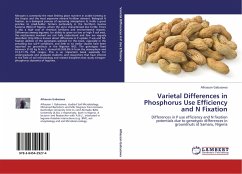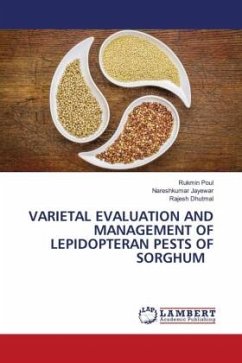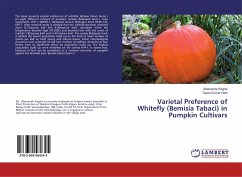Chilli (Capsicum annuum L.) popularly known as hot, bell and sweet pepper or cayenne (English), tianjiao (Chinese), poivron (French) and paprika (German), belongs to genus Capsicum of Solanaceae family. It is diploid (2n = 24), annually cultivated short-lived perennial plant. Though chilli is classified under self-pollinated crops, natural cross pollination takes place up to the extent of 7 to 60 per cent. Therefore, greater amount of variability is observed in this crop. In most of the Indian diets, chilli is mainly consumed as a spice in form of dried powder or fresh green fruits. In addition to high nutritive values, chilli also has medicinal properties. Biochemical and molecular markers can be effective means to determine varietal identification among different genotypes/varieties. Isozyme electrophoresis; SDS-PAGE and RAPD offer potentially simple, rapid and reliable techniques for varietal identification of chilli. Isoelectric focusing, a newly traditional techniques can also more useful for the identification of different chilli varieties.








